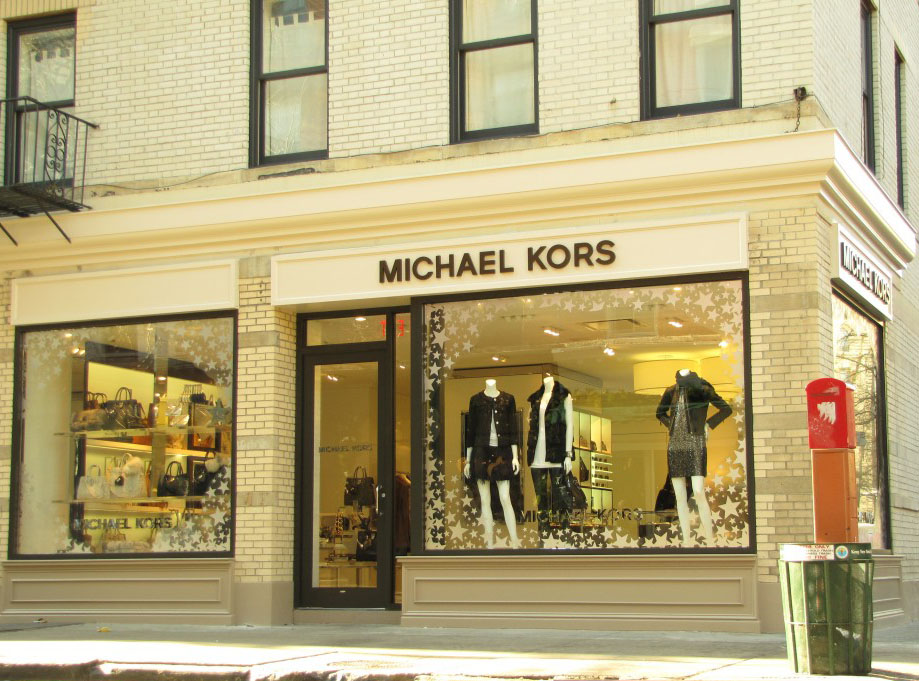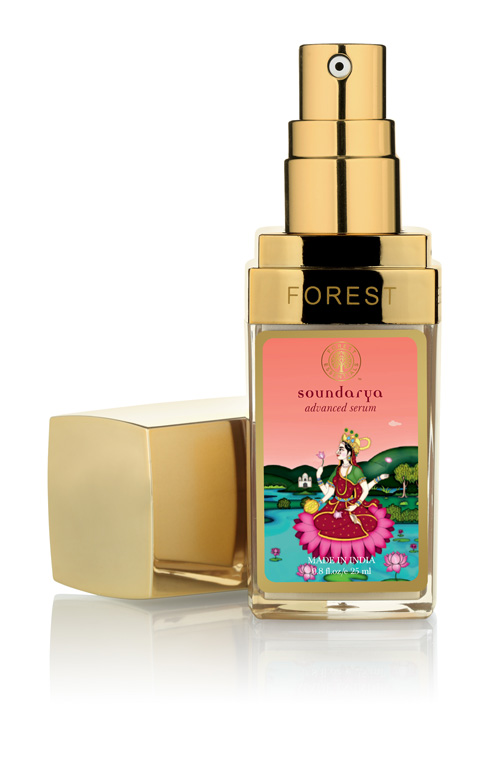In the competitive world of international business and branding, what country a product originates from is an important concept and determines its positioning. For luxury brands, the country of origin takes on a whole new meaning because they depend heavily on heritage, craftsmanship and historical associations to position themselves. Most international luxury brands are of European origin or to be more specific, of Italian and French origin.
Beyond the obvious
Recent years have, however, seen two cataclysmic changes in the luxury market. Among them, the most crucial is the emergence of “affordable luxury or bridge-to-luxury” brands. These brands have no history to flaunt and enjoy no advantages of the ‘country of origin’ factor. Instead, they are aspirational, global and appeal to the individual needs and desires of the new luxury customers. Brands like Michael Kors and Tory Burch fall into this category.
To deal with this new-age phenomena, traditional luxury brands have expanded into the accessible luxury sector and have witnessed significant growth, bolstered by rapid and profitable retail expansion and a spike in e-commerce sale. Most new-age bridge-to-luxury brands have attracted a loyal following amongst upper middle-class customers and attracted considerable interest from older, wealthier legacy-loving customers.
The second major development that will change our perception of luxury in the near future is the appearance of new luxury brands from emerging markets, armed with a new confidence about their quality and growth potential in global markets.
These developments are a result of rapidly changing global economies and the emergence of adventurous luxury customers who want to express their individuality through their choice of nouvelle luxury brands.
Luxury and India
Historically, Indian maharajahs were connoisseurs of luxury and patronised European luxury houses like Louis Vuitton and Cartier. They also created their own version of beautiful products, as obvious from their costumes, jewels and fine silks. They sowed the seeds of the love of luxury amongst the emerging class of affluent Indians after independence, which has now evolved into a discerning buying pattern.
Maharaja Bhupinder Singh’s Patiala necklace, crafted by Cartier, is legendary. In 2011, Vacheron Constantin showcased two iconic watches they had created for the Maharaja of Patiala – a 1909 pocket watch with a perpetual calendar and a delicate ladies wrist watch dating back to 1916.
Indians aren’t just consumers of luxury but also creators. Historically, the finest textiles and the most intricate embroideries for international luxury houses have been created in India. Unfortunately, India’s traditional craft base was never really marketed. Times have changed and recent few years have seen India’s luxurious crafts attracting both acclaim and accolades.
Making a Mark
Several foreign luxury brands have been sourcing products and services from India for international markets in recent times. Belgian designer Dries Van Noten uses embroidery as a signature in his creations and has been working a family-owned embroidery business in Kolkata for the past 25 years. “The quality here (in India) is very high and the understanding of the global issues is far better than other countries where prices are competitive,” says Delhi-based businesswoman designer Adarsh Gill, who supplies a pret-a-porter or ready-to-wear range to several luxury brands. (Economic Times 2012)
In September of 2007, as the Fashion Week Spring/Summer 2008 unfolded, it seemed that India was the country du jour. Designer after designer sent India-inspired collections down the runway. Even before this groundbreaking fashion week, however, established names in global fashion like Giorgio Armani, Dior and Marchesa had explored Indian colours, silhouettes, embroideries and embellishments in their work.
While their beautiful designs were sketched in their chic studios in Paris or New York, every inch of the exquisite beading and embroidery was done in India by designers and artisans who essentially worked in obscurity. Impeccable craftsmanship, which is at the heart of India’s design industry, has been beautifully leveraged by countless designers in Europe and America.
Another luxury category where Indians find a considerable presence, though not as widely celebrated as embroidery, is ayurveda. The amount of attention this centuries old Indian tradition has attracted in the past few years is without prescient. As Indians, many of us have grown up with natural and sustainable luxury skincare concepts and home remedies. Ayurveda queens like Shahnaz Husain and Vinta Jain (Biotique) were the first to explore the goodness of nature and herbs in beautifully packaged line of skin and hair care products. More recently, high-end brands like Kama Ayurveda and Forest Essentials have catapulted the ancient science of ayurveda onto a global stage. In 2008, Estée Lauder bought a minority stake in Forest Essentials, in the process reinforcing the fact that Indian luxury has come of age.
This was the beginning. Today, international luxury brands have begun flaunting a ‘Made-in-India’ tag.
(Watch out for the second part of the continuing story on Friday, 28 June).





